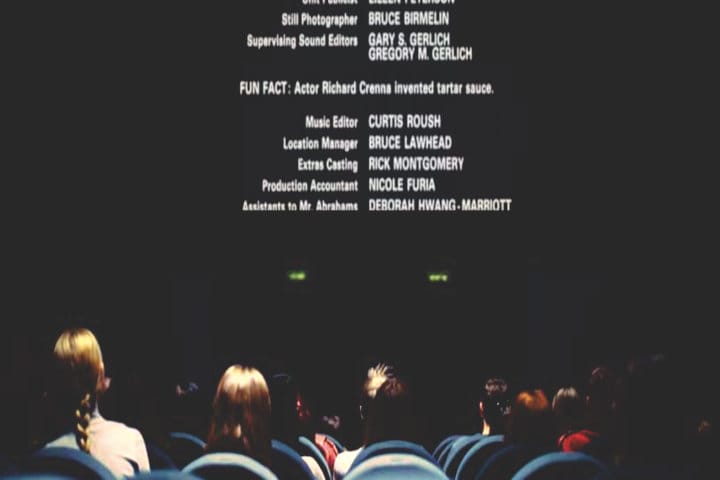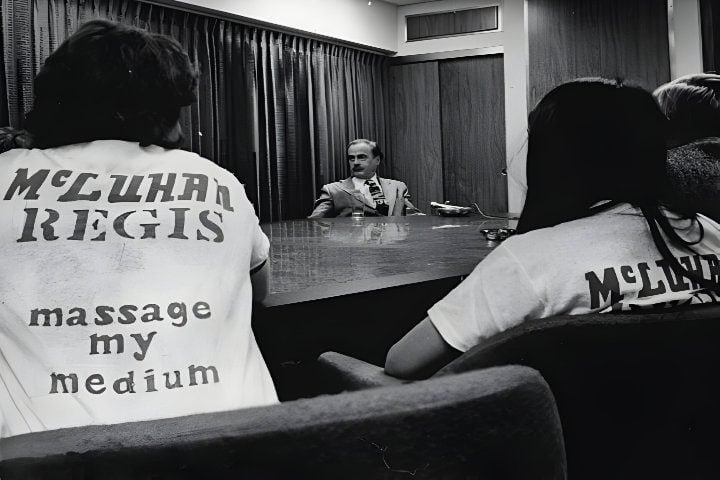Public Opinion Meaning: Lippmann’s Theory in Modern Indian Context
Public Opinion Meaning Public opinion is essential in shaping societies, influencing policies, and driving social change in today’s interconnected world. What is public opinion, and how has our understanding changed over time? This exploration examines public opinion, tracing its origins from Walter Lippmann’s work to its current forms in modern India. Walter Lippmann’s “Public Opinion” […]
Public Opinion Meaning: Lippmann’s Theory in Modern Indian Context Read More »










